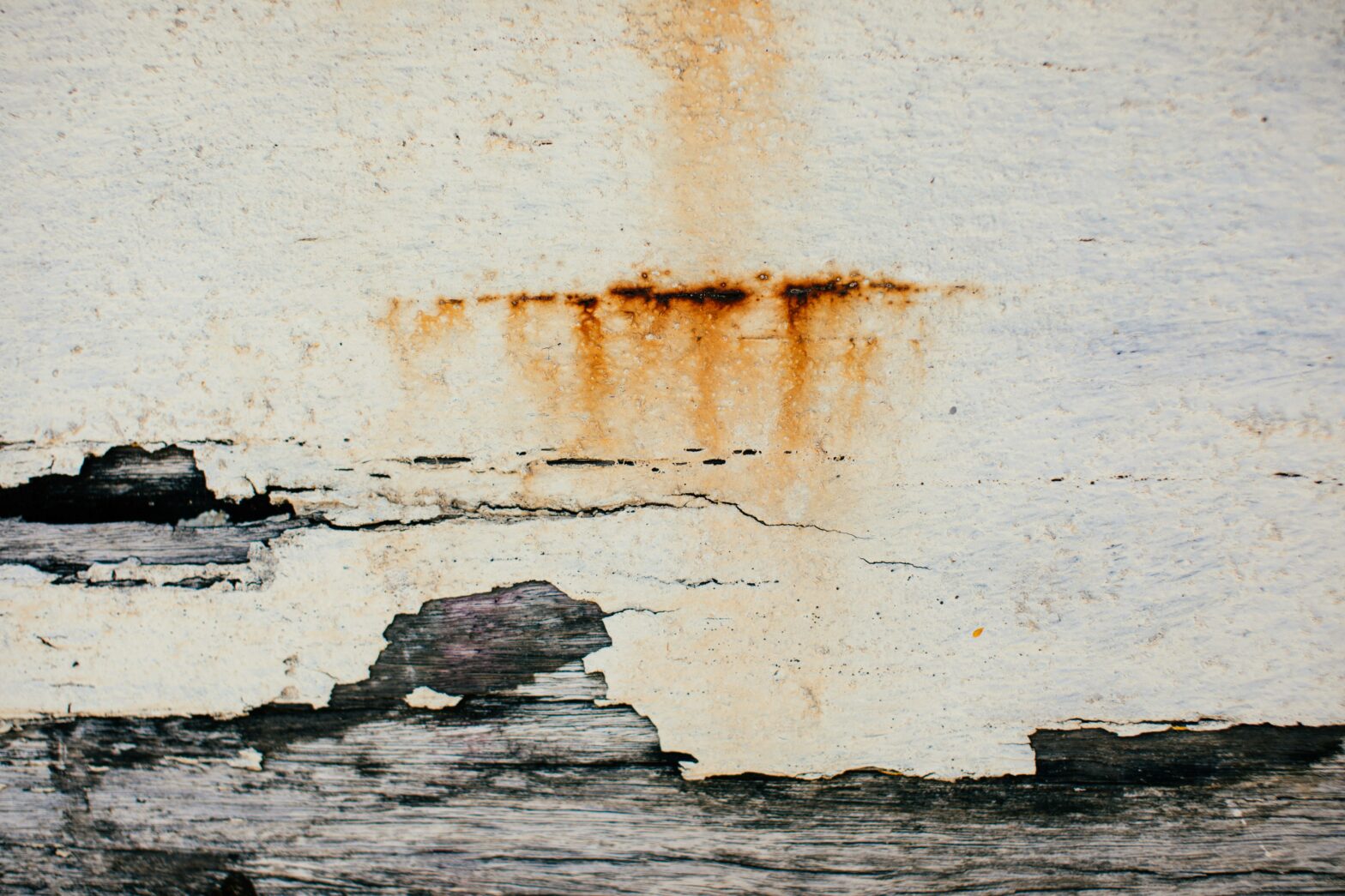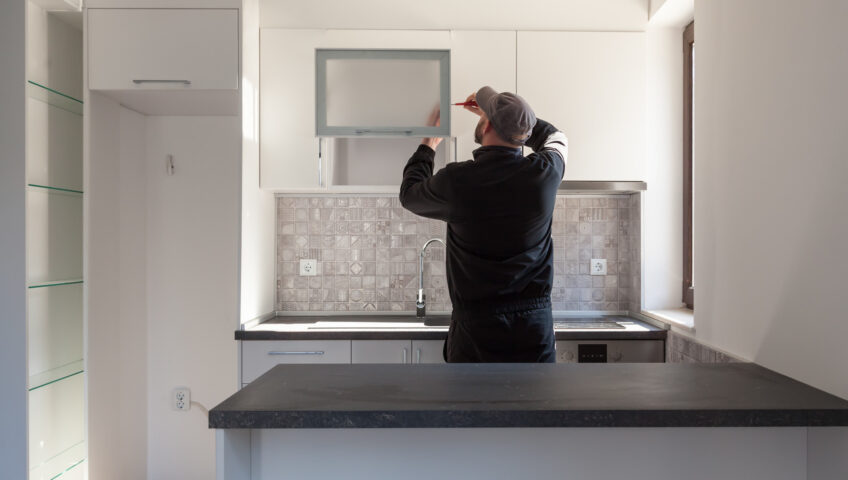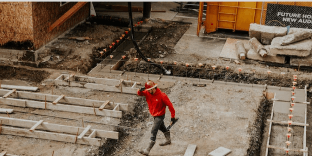
Wall Cracks In Your Home: Do Cracks In Walls Indicate A Structural Problem?
Finding a crack in your home’s wall or ceiling might be alarming. But do cracks in walls indicate a structural problem? While most cracks are innocuous, others might indicate a significant issue in your home’s structural integrity.
In this article, we’ll go through the different kinds of cracks that might develop in your house and what to do in each case.
Do Cracks In Walls Indicate a Structural Problem?

Wall cracks can be a sign of a natural settling of the structure and are often regarded as typical in many home types, including new ones. Structural cracks in walls are not as common. However, cracks can also result from vibrations from adjacent traffic, and temperature or humidity changes.
These are the main reasons why cracks happen in the interior of your house.
- A new construction “settling” into its foundations
- Wear and tear as your foundations move gradually over time
- Freshly plastered walls breaking after drying
- Water leaking from anywhere in your house
- Adjacent strong traffic
- Subsidence (caving in or sinking of your land – we’ll go through that later) and other more significant structural problems
Concerned About A Crack?
Usually, little, hairline fractures are no reason to worry. You should have some kinds of cracks examined, though. We’ll go through those soon.
What Creates Broad Cracks?
The wider the crack, the bigger the reason for concern. Less than five millimeter-wide cracks may normally be filled and covered as a DIY project since they are in the plaster rather than the wall.
Five to fifteen millimeter broad cracks are more likely to be a serious issue and require expert treatment. We absolutely recommend having a professional look at any crack more than 25mm broad.
You might have subsidence if the fracture is seen from the interior as well as the outside of your house and is wider at the top than the bottom. In that case, your structure is at risk.
Why Do Diagonal Fractures Exist At All?
Plaster expands in humid conditions and contracts when it dries, causing vertical fissures on plastered walls. Rarely are these fractures cause for concern.
Diagonal cracks or ones that resemble a stairway ascending a wall, however, should be taken seriously. You need to have a structural engineer look at these fissures since they might indicate damage or movement in the structure.
Why Do Cracks Appear Above Door Frames?
Any fractures surrounding door frames should be examined as well. These fissures may potentially indicate foundational problems with your house.
Seeing daylight through a gap might be a sign of a major issue, wherever and however it appears. This may indicate not only a complete wall displacement, but also subsidence.
What Gives New-Build Homes Their Cracks?
Cracks appear in many recently built houses. Usually, they are simply the result of shrinkage, thermal movement, or settlement, which are not to be concerned about.
The National House Building Council (NHBC) advises that once a house “settles down” on its new foundations, it may fracture somewhat. Under the weight of the building, the earth beneath the house might condense, moving the house down. Newer homes often have settlement, although it quickly stabilizes.
Water-containing materials like mortar, plaster, and concrete shrink as they dry out. In the months after you first move in, this might cause little fractures in the flooring and walls.
Temperature swings and weather variations are connected to thermal mobility. Small shifts in temperature, moisture, and humidity can result in tiny fissures where the various materials used to create your house meet.

Are Cracks Covered By My Building’s Insurance?
Your house insurance will not cover little cosmetic cracks brought on by plaster drying or a property settling. You will be responsible for the cost of repair since this is considered “wear and tear.”
Should the cracks result from water escaping, as from leaking drains, you may be able to file a claim under your insurance policy’s “escape of water” provision.
If subsidence is the reason for the cracks, you can make a claim on your buildings insurance coverage.
What is Subsidence?
Sinking of the earth beneath your home is known as subsidence. The foundations of your house will be affected by this. If the soil underneath your home falls at varying rates, your house may develop imbalanced foundations. This will cause cracks in ceilings and walls as well as the displacement of the flooring and walls of your home from their original locations.
Cracks related to subsidence are usually diagonal, wider than three mm, are visible from both the interior and the exterior, and stick close to windows and doors. Your flooring may also start to slope and doors and windows may start to stick if you have subsidence.
Tree roots too close to the property, clay soil, dryness, neighboring mines, or leaking drains can all contribute to subsidence.
My Building Insurance Covers Sinking, Right?
Your insurance agency will send a structural engineer or specialist to your house to look at the damage and ascertain its source. If the movement of your house can be readily halted, repairs can be done immediately.
Should the damage be more serious, engineers need to track the movement of your house over time to come up with a long-term fix. To ‘underpin’ your property, engineers need to fortify or deepen the foundations in order to stop more sinking.
Your building’s insurance coverage normally has a subsidence claim excess of around $1,000. Future increases in rates are also probably in store for you, and obtaining house insurance might become more difficult.
Can One See Sinking In A Survey?
When buying a house, most individuals will complete a survey. A building survey or a HomeBuyer Report will indicate if the surveyor believes a property is subsiding. The surveyor will usually advise you to have a structural engineer do a more thorough check if subsidence is suspected.
If the home you are purchasing has previously had subsidence that has been fixed, your conveyancer should request paperwork and warranties from the seller attesting to the work completed.


